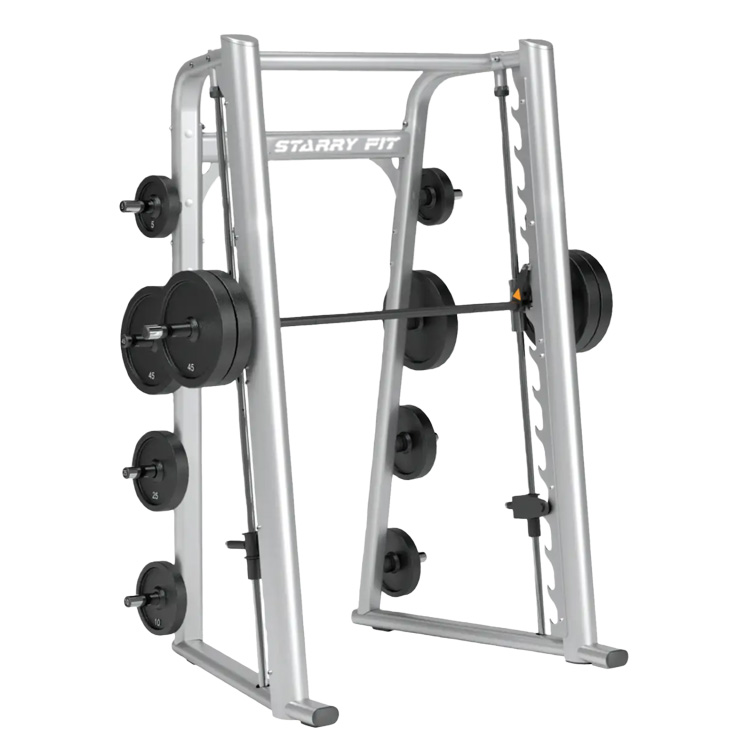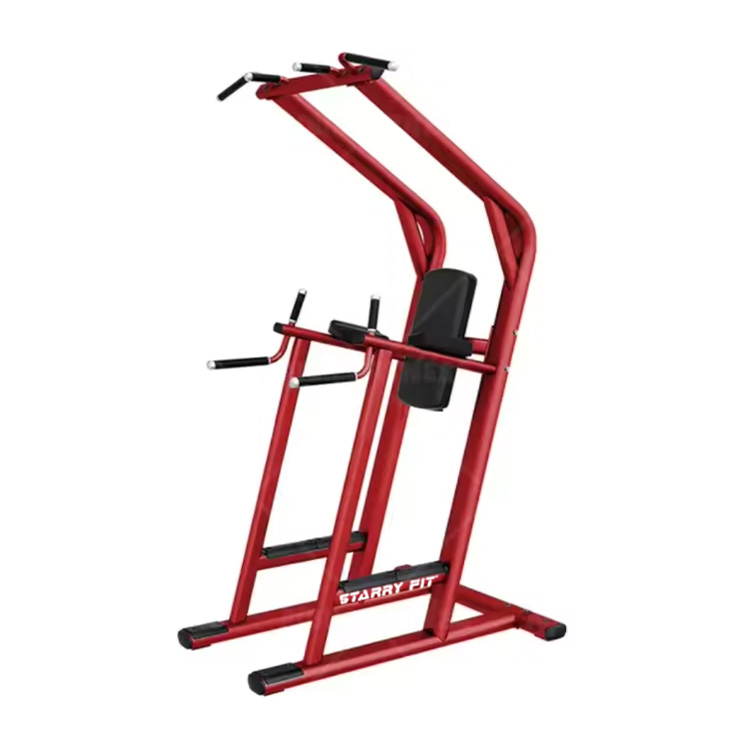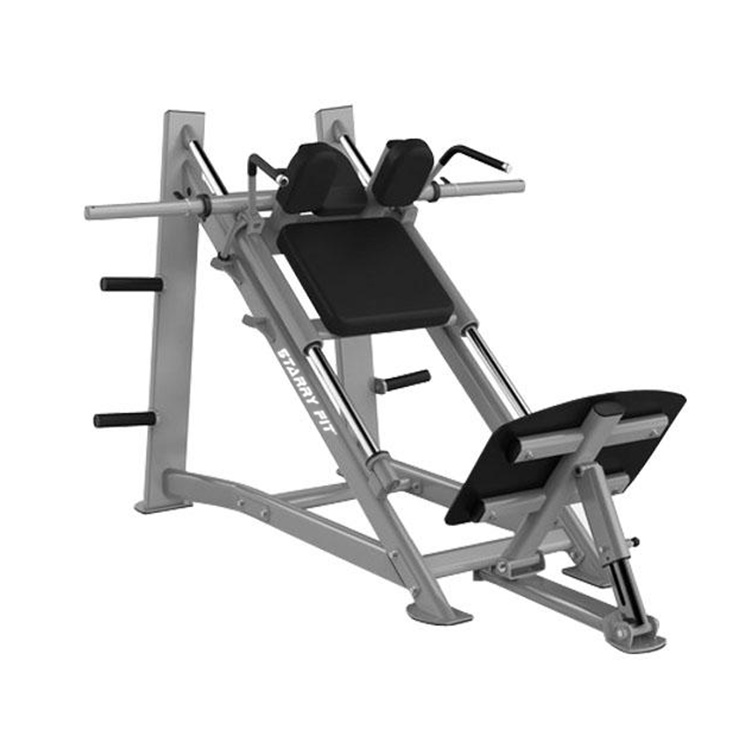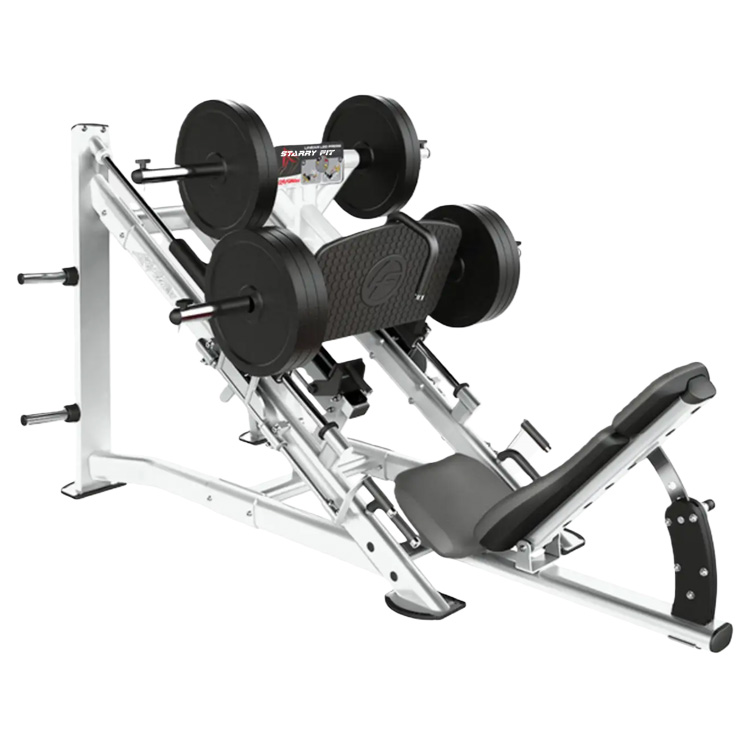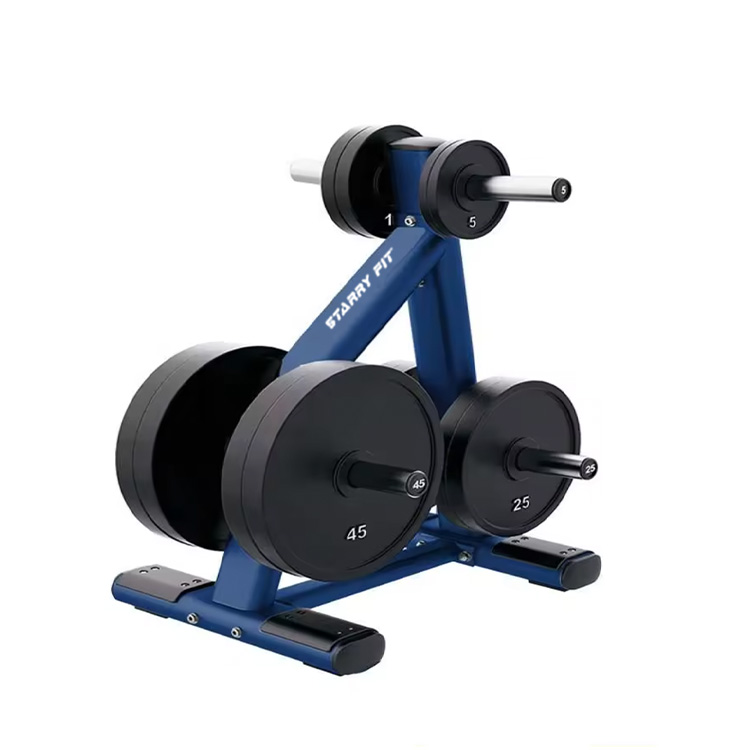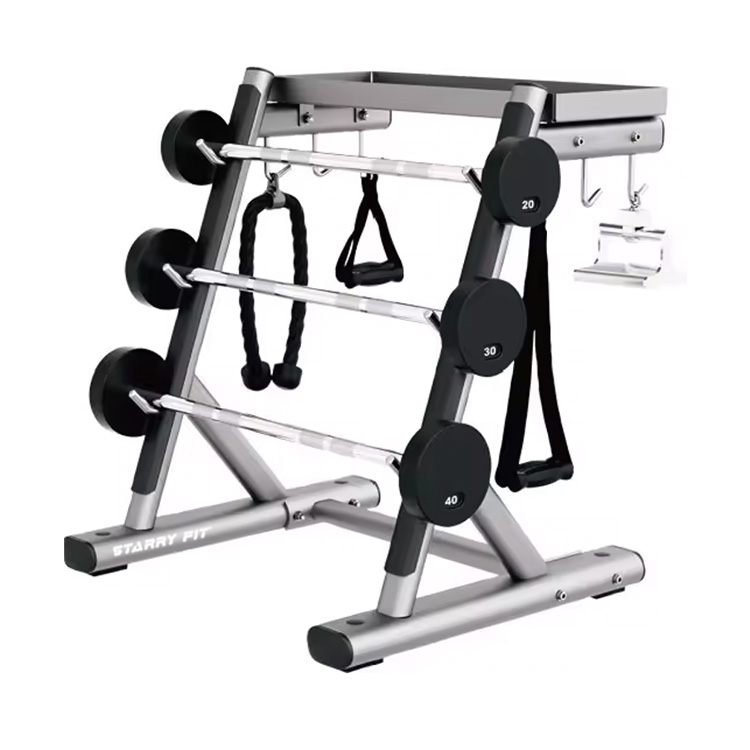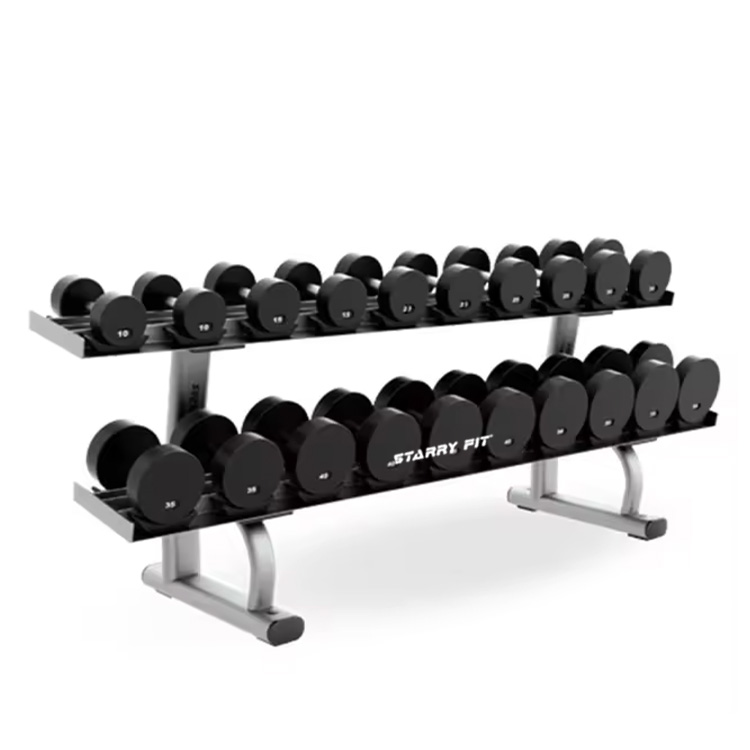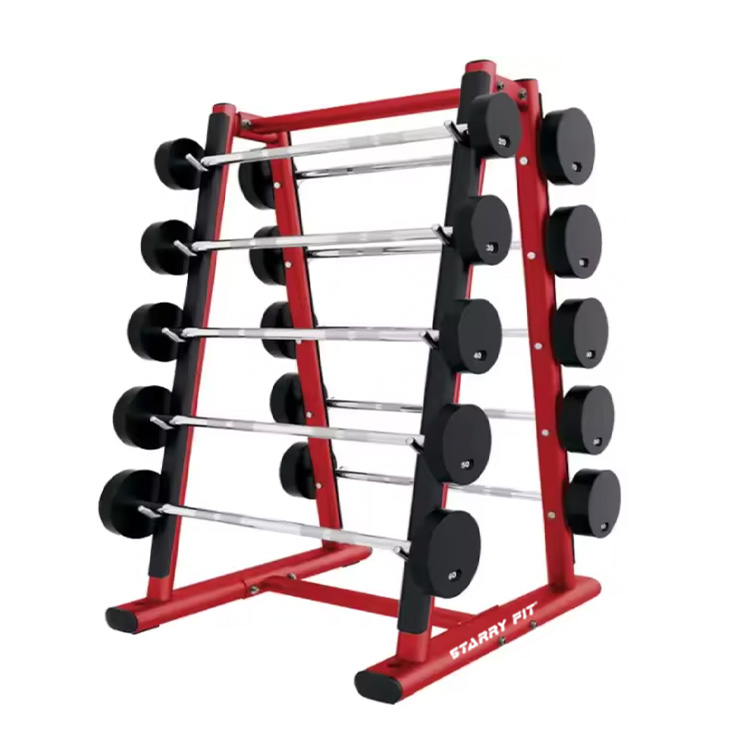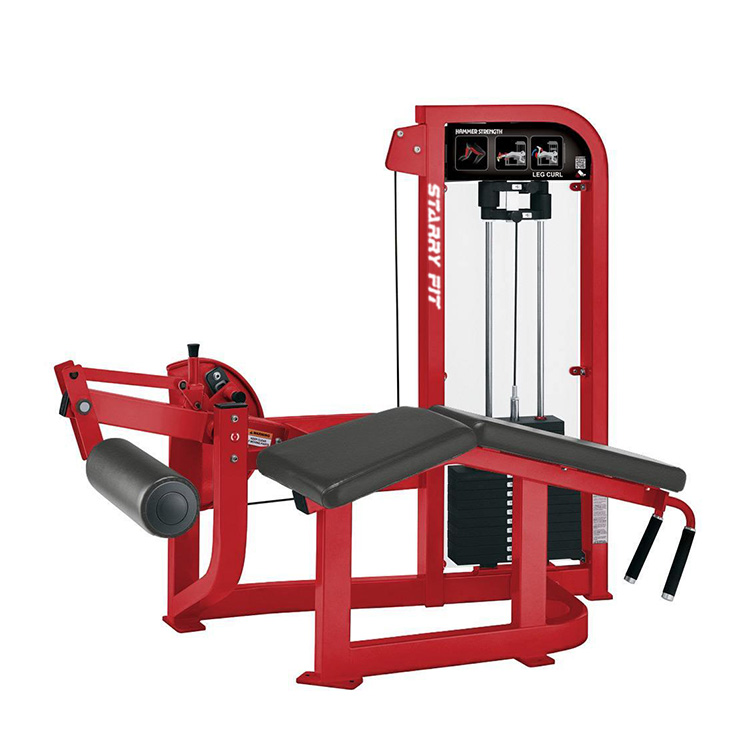Part 1: Newcomers' Journey - Basic Survival and Comfort (Budget-friendly, Focus on Core Functions)
1. Camping Tent
Function: A core shelter that protects against wind, rain, low temperatures, mosquitoes, and provides privacy and security. The windproof and waterproof performance of the tent (see the waterproof index HH, such as 3000mm) directly determines your survival bottom line in bad weather

Newcomers' Choices:
Type: Dome or Tunnel. Simple structure, easy to build, and decent wind resistance.
Season: 3-Season. Enough to cope with non-extreme environments in spring, summer, and autumn (moderate rain and snow).
Capacity: Choose a capacity of 1 more person than the actual number of people (such as 3-person tent for 2 people). Provide more comfortable space to store equipment.
Key parameters: Pay attention to waterproof index, breathable design, weight, and preferably aluminum poles.
2. Camping Mat
Function: One of the most important warming equipment! When sleeping, a large amount of body heat is lost to the cold ground through conduction. The core function of the mat is to use the air layer (physical insulation) and materials (such as heat reflection of closed-cell foam) to isolate conduction, and its insulation capacity is quantified by the R value (the higher the R value, the warmer it is).
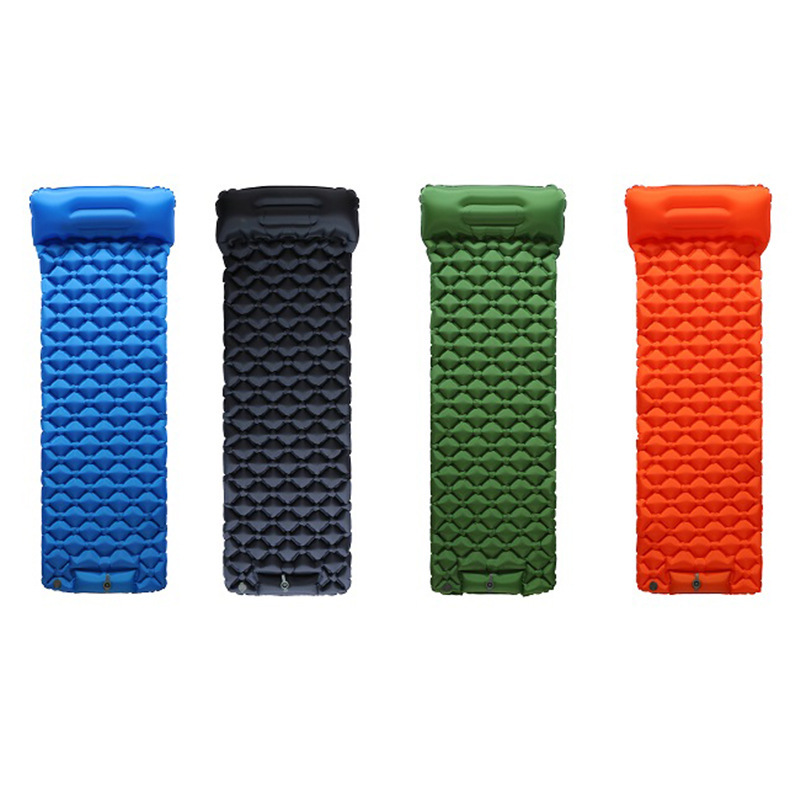
Newcomer choice:
Type: Egg trough foam mat is the first choice. Lightweight, cheap, extremely durable and reliable (not afraid of puncture), R value of about 1.5-2.0 (suitable for warm seasons).
Advanced choice: Self-inflating mat. Good comfort, small storage volume, R value 2.0-4.0 optional. Pay attention to maintenance and anti-puncture.
Core Tips: Novices often underestimate the importance of mats! Camping in cold seasons, a mat with insufficient R value will make you experience the "ice cellar" feeling. 60% of the comfort of the camp depends on the mat.
Function: Safe, hygienic and convenient to carry and drink the source of life. Material safety, heat preservation/cold preservation, durability and ease of use, and capacity adaptation need to be considered.
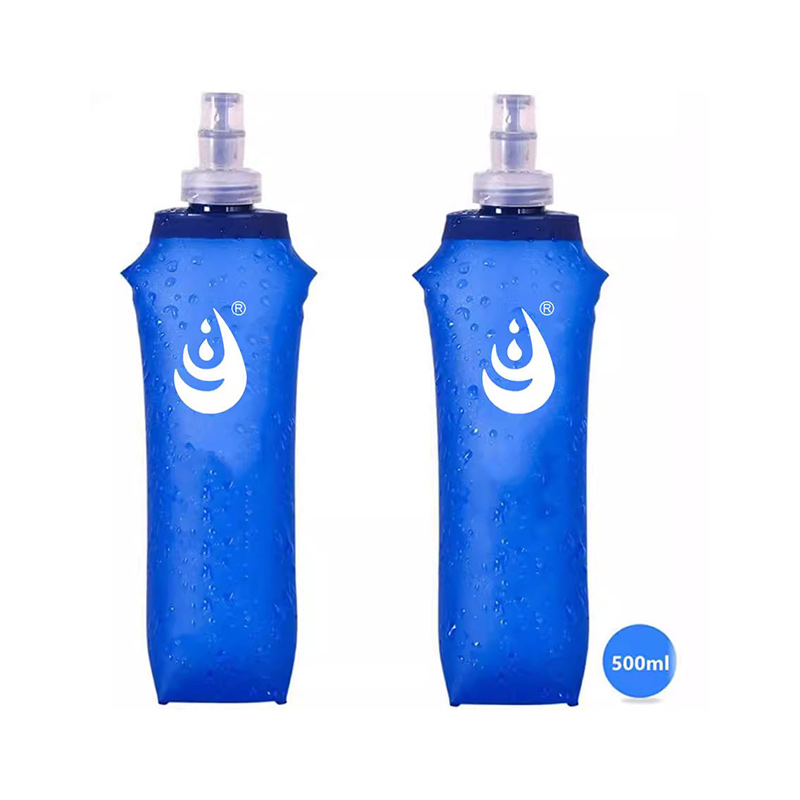
Choice for newcomers:
Material: Food grade plastic: Light, transparent, drop-resistant, odorless, moderately priced.
Stainless steel (single layer): Extremely durable, can be used as a cooking utensil to assist heating (but safety must be noted), heavier (300-500g/1L).
Capacity: 0.75-1L single bottle is flexible. It can be matched with a water bag system (such as Platypus) for more convenient drinking.
Insulation: Newcomers generally do not need to pursue high-priced thermos bottles (too heavy), and can use insulation covers when necessary.
Must note: It is strictly forbidden to use non-outdoor plastic bottles (such as beverage bottles)! Reuse is easy to precipitate harmful substances and is not resistant to high temperature/collision.
Function:
Sharing the load: Effectively disperse the pressure of the lower limbs (especially the knees) by 20-30% when walking, and the effect is significant when walking long distances or carrying weight.
Improving stability: Provide multi-point support for complex roads (gravel, slippery, streams, steep slopes), greatly reducing the risk of falling.
Auxiliary force: Uphill assistance, downhill buffer.
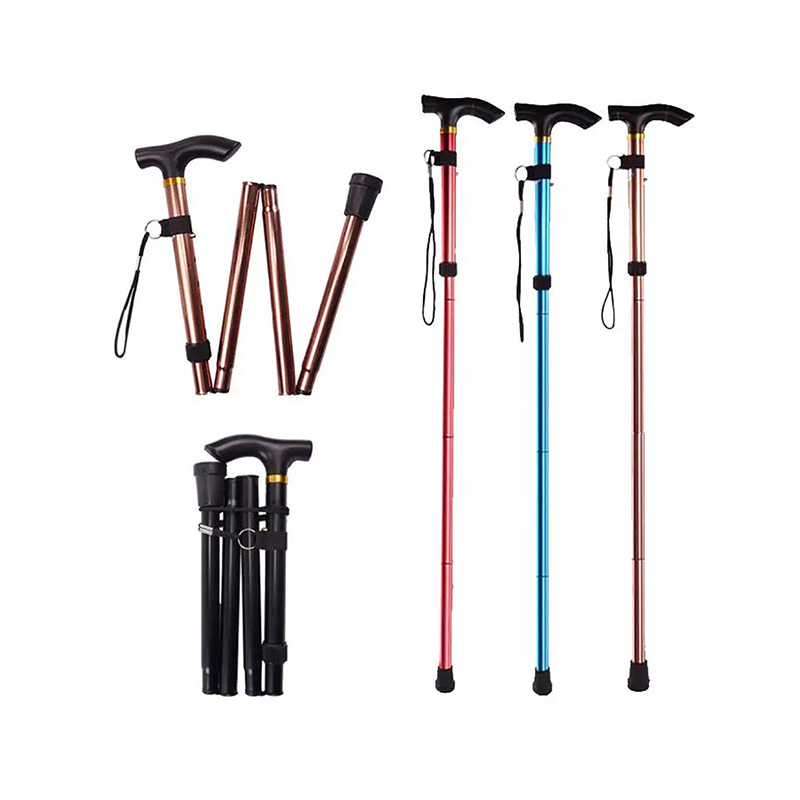
Newcomer choice:
Type: External lock three-section aluminum alloy pole. Easy to adjust (external lock is better than twist lock), aluminum alloy is durable and cost-effective (carbon fiber is light but expensive and afraid of lateral force).
Wristband: Wide, thick and comfortable design is crucial, and correct wearing can effectively transmit power.
Pole tip: Standard carbon tungsten steel head to cope with a variety of road surfaces; mud basket (anti-sinking) and rubber head (protect hard ground/reduce noise) are required.
Tips:
Learn to use it correctly! Adjust the appropriate length (90 degrees at the elbow), learn to bear force on the wristband, and master the different rhythms of flat ground, uphill and downhill. Two poles are much better than a single pole.
Part 2: Advanced Exploration - Improve Comfort and Efficiency
Function: Say goodbye to the cold and wet ground! Provide ergonomic support in the camp, greatly relieve hiking fatigue, and promote social experience around the fire.
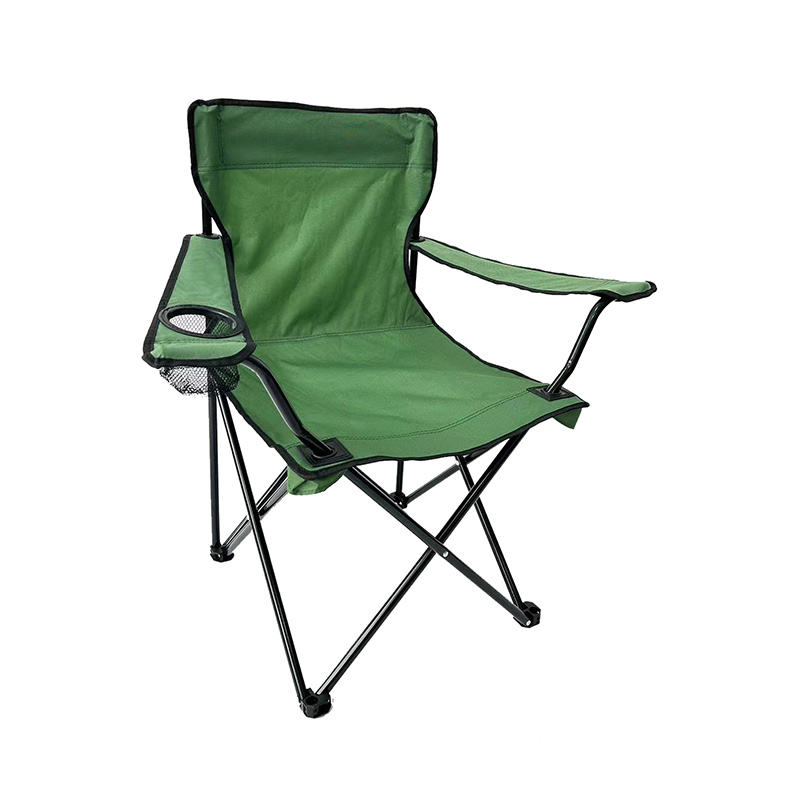
Advanced Choice:
Type:
Frame Folding Chair: Stable structure (X-type, butterfly type), good load-bearing (usually 120kg+), comfortable sitting (with armrests, headrest), weight 1-2.5kg. Helinox Chair One, KingCamp X-type chair representative.
Moon Chair/Ma Za: Ultra-light (300-800g), ultra-small storage. Slightly poor stability, no armrests, low sitting posture. The upgraded version of Helinox Ground Chair has a better sitting feel.
Key indicators: load-bearing, stability, comfort, storage volume, weight. It is worth sacrificing a little weight for quality.
Scene Suggestions: Moon chairs are optional for long-distance hiking or lightweight pursuits; frame chairs are strongly recommended for self-driving or fixed camps for the ultimate comfort.
5. Inflatable Pillow: The finishing touch for sleep quality (Inflatable Pillow)
Function: Fill the natural curvature of the neck, maintain healthy alignment of the cervical spine, significantly improve sleep quality (especially for side sleepers), and reduce neck stiffness and pain the next morning.
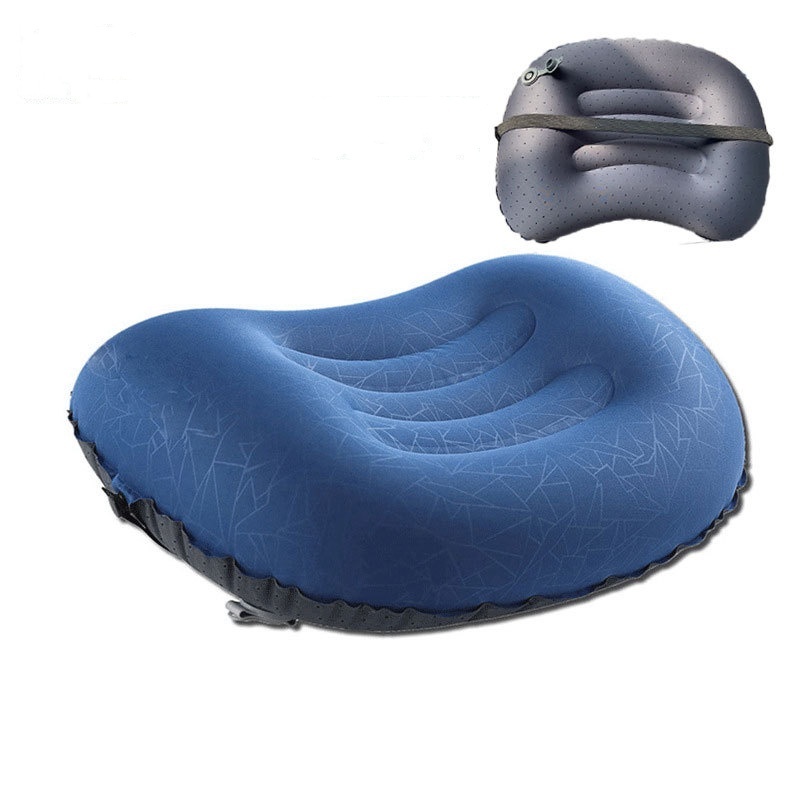
Advanced Choice:
Material and Structure:
Self-inflating type: Filled with open-cell foam (such as Sea to Summit Aeros). It needs to be vented when stored, with high comfort and good support.
Pure inflatable type: Need to be blown (Sea to Summit Aeros, Therm-a-Rest). It is very small and light (<100g) when stored, and the hardness can be fine-tuned. The surface is covered with suede or fleece to enhance the skin-friendly feel.
Shape: The ergonomic special-shaped design (concave in the middle) is better than a simple square.
Important Tips: Do not use a clothing roll instead! It is easy to fall apart when turning over at night and cannot provide stable support. Small investment brings a qualitative leap in sleep quality.
6. Hammock: Comfortable suspension in the woods (Hammock)
Function analysis: A great tool for a nap during lunch! Quick to set up, it provides a comfortable rest (even overnight) solution that is off the ground, ventilated, and not afraid of uneven ground. Suitable for warm, rainless, and lush forest environments.
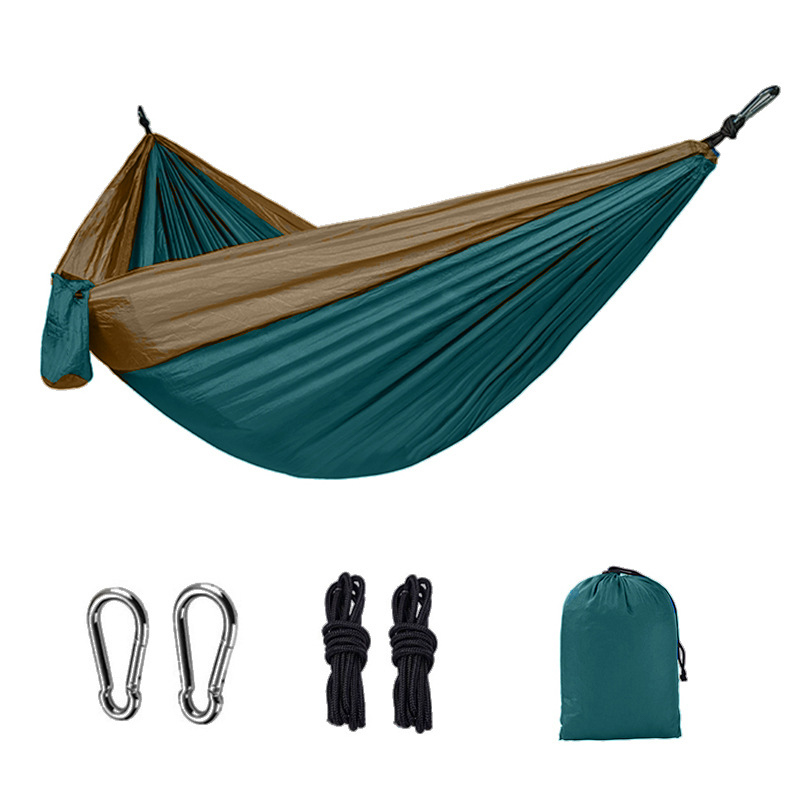
Advanced options and systems:
Hammock body: Pay attention to load-bearing capacity, size (the longer the more comfortable), and material (nylon or polyester plaid is breathable and comfortable). An integrated bug net is a must!
Suspension system: Tree straps (wide nylon straps to protect trees) + quick-hanging/fasteners (such as Dutch buckles and carbine buckles). It is strictly forbidden to use ropes that damage tree bark!
Additional accessories (must-have for overnight stays):
Waterproof canopy (Tarp): Protects against rain and dew.
Special sleeping pad or sleeping blanket (Under Quilt): Solve the problem of keeping your back warm (air flow under the hammock takes away heat).
Environmental ethics: Strictly abide by the principle of "leaving no trace on the mountains and forests"! Choose strong and healthy trees, use wide tree belts to disperse pressure, and do not damage the bark. Respect the camp management regulations.
Part 3: Expert Realm - Professional Equipment and Systematic Thinking (Keep Improving, Face Harsh Challenges)
7. Expert Selection and Construction Art of Tents
Types:
Four Seasons Tent/Alpine Tent: Face strong winds (streamlined design, multiple strong ground nails), heavy snow (high pressure-resistant tent poles, steep tent walls), extreme cold (reduced mesh area, windproof skirt). Significantly increased weight (3kg+), tough material (higher denier fabric).
Ultralight Single Tent/Tent: Extremely lightweight (<1kg), using Dyneema composite fabric (Cuben Fiber) or ultra-high density silicon nylon (SilNylon). Sacrificing some spatial strength, suitable for light and fast crossing.
Tent System: Modular design, main tent + extended vestibule to adapt to different environments.
Professional Considerations:
Wind-resistant structure: Many intersections, thick support poles, scientific distribution of ground nails, and reasonable wind rope angles.
Ventilation and anti-condensation: Breathable window (with Velcro adjustment), top vent, single-layer tent (specific environment).
Terrain adaptation: Learn to build safely and stably on special terrains such as gravel, snow, and sand.
Tips: Master the mechanical skills of ground nails and wind ropes! Choose appropriate ground nails (snow nails, sand nails, V-shaped nails) according to different ground conditions, use the wind rope adjustment piece (LineLoc) skillfully, and understand the tension angle. In harsh environments, tents are lifelines.
8. Top sleep system: co-evolution of pads and bags
High-end pad selection:
High R-value air cushion (R>5): Use partition design to reduce air convection (Therm-a-Rest NeoAir XTherm), lined with a reflective layer (ThermaCapture). Light weight (400-700g), small storage, and extreme warmth.
Self-inflation + air pump integration: Such as Exped MegaMat, extremely comfortable (comparable to home mattresses), R value up to 8-10, huge weight and volume, suitable for self-driving camping.
Sleeping bag advanced:
Temperature scale system: Accurately understand the comfort temperature scale (Comfort), limit temperature scale (Limit), and survival temperature scale (Extreme). Always choose according to the comfort temperature scale!
Filling:
Goose down: The gold standard. Extremely high fluffiness (800FP+) provides the best warmth-to-weight ratio and compressibility. Expensive and requires strict moisture protection.
Top synthetic cotton: Primaloft Gold, Thermoball, etc. More reliable insulation in humid environments and easy to care for.
Mummy design: Fits the body shape, reduces hot air space, and keeps the head warm.
System synergy: Pad + bag + clothing together constitute a sleeping warmth system. In cold environments, you can wear a dry warm layer (such as a down jacket) in the sleeping bag, and put a hot water bottle under your feet (be careful not to burn).
9. Trekking pole: light weight, strength and function integration
The pinnacle of materials: 100% carbon fiber pole (such as Black Diamond Distance Carbon FLZ). Pursuing gram-by-gram lightweight (less than 200g per pole), be careful to avoid violent lateral impact.
Locking system evolution: FlickLock Pro (BD) / SuperLock (LEKI) provides reliable strong locking in cold and muddy environments.
Shock absorption system: High-end models have built-in springs or rubber shock absorbers (such as LEKI Carbonlite Aergon), which reduce wrist impact on complex downhill roads.
Multi-terrain pole tip: Quick-change system (such as LEKI SpeedLock), suitable for ice, snow, rocks, and mud.
Suspension backpack: High-end backpacks have integrated trekking pole hanging points (such as Osprey carabiner system) for quick access.
Comprehensive training and recovery: Building a field fitness machine
Special reinforcement:
Weighted climbing training: Use a sandbag vest or weight bag for steep slope repetition training.
Unbalance training: Single-leg squats and lunges are completed on the marker cones/discs to enhance proprioception.
Field terrain simulation training: Combined with marker cones/discs, high-intensity endurance training is carried out on sandy land, stream beaches, and rugged mountain roads.
Scientific recovery:
Relaxation in the camp: Foam rollers (optional mini portable models) and fascia balls are used to relax and stretch tense muscles after hiking.
Active recovery: Low-intensity activities (such as walking around the camp combined with light agility training with marker cones) are carried out on the second day after hiking to promote blood circulation.
Nutrition and hydration: Electrolytes (functional drink tablets) and protein (energy bars) are replenished in time during hiking, and camp meals ensure a balance of carbon water, protein, and fat.
Psychological resilience training: Use marker cones/discs to plan complex paths for directional challenges, and improve decision-making ability and stress resistance in complex environments.


 ENG
ENG
 English
English Français
Français Español
Español عربى
عربى